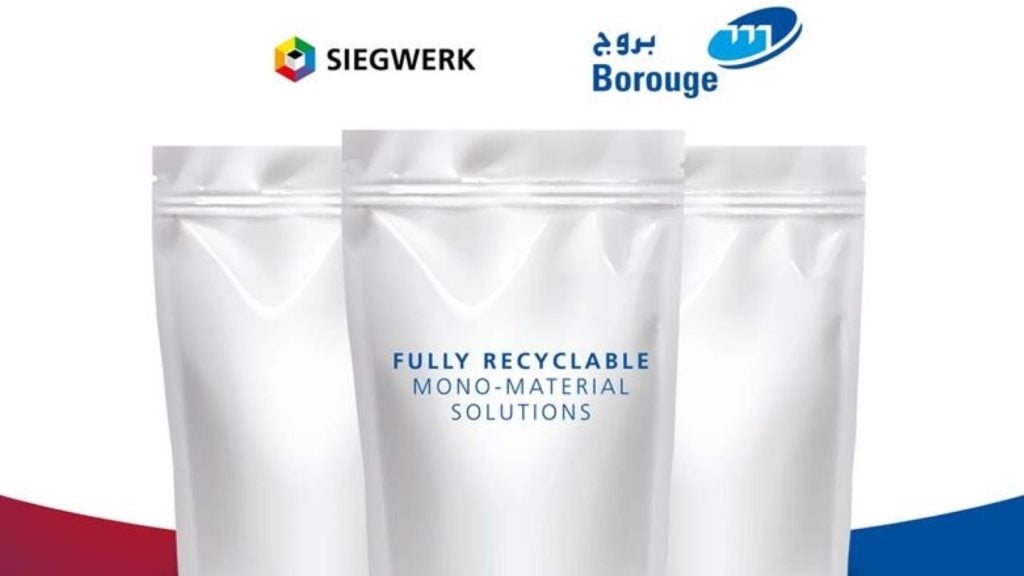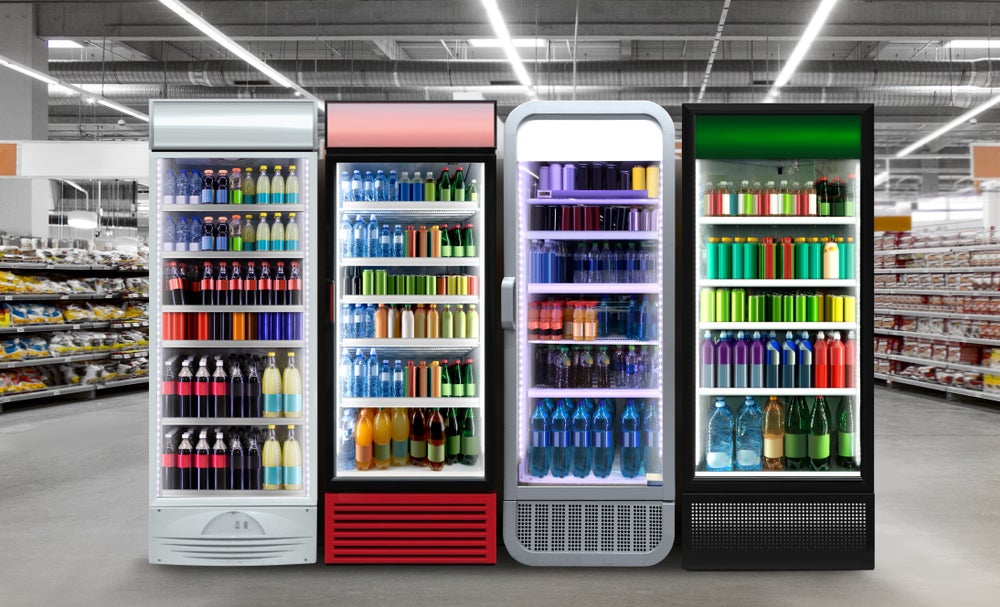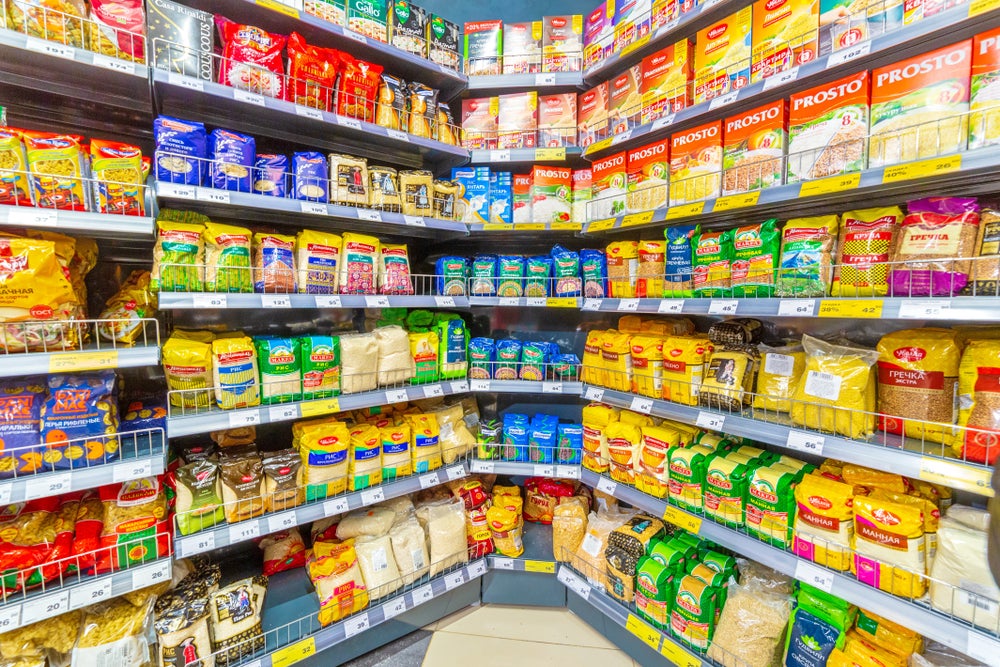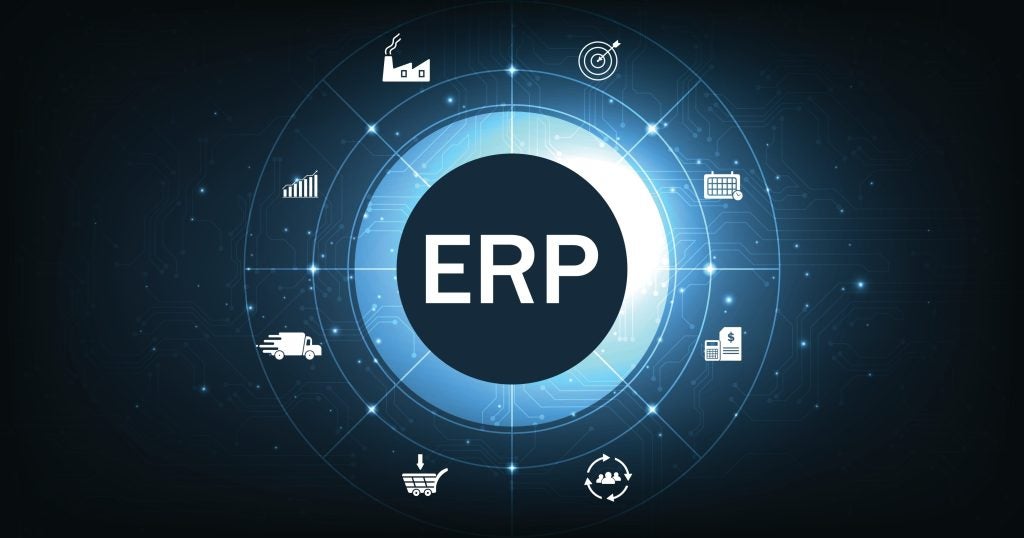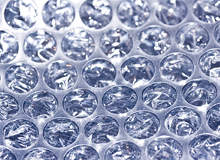
Environmental waste problems caused by non-biodegradable petroleum-based plastic packaging have been part of the public debate in many Western countries for several years. According to the US Environmental Protection Agency (EPA), an average American person produces around 726kg of waste a year, in Mexico the common household produces even 30% more garbage than in the US.
The UK currently landfills 28m tons of waste every year, a number that is destined to double over the next 20 years. With rising economic activities in Asia and Latin America, the problem becomes an increasingly urgent one.
These numbers, coupled with the increasing consumer demand for high-quality, organic and ‘green’ products, signal the need for a swift solution. And many segments of the industry believe they now have the key to that solution in nanotechnology – the science of microscopic small atoms and molecules.
Nanotechnology is on the rise in the industry. In 2004, nano-related food and beverage packaging represented $860m in sales from more than 250 nano-packaging products, according to a report by Priority Metric Group. Since then, it has grown to over $4bn in 2009 and is forecasted to hit the $7bn mark by 2014.
Smart packaging
Nanotechnology is widely diverse and varied but can be described as the technique of manipulating matter on an atomic and molecular scale of structures sized between 1-100 nanometres (nm) and developing materials within that size. One nanometre is a billionth of a metre – a human hair is about 60,000nm in diameter.
See Also:
In the food packaging industry especially, nanotechnology has had a big impact in recent years and the opportunities seem boundless. Researchers and food packaging specialists practically outplay each other with new ideas and inventions to develop ‘green and smart’ packaging that is ecologically sustainable, can respond to environmental conditions, repair itself or even alert consumers to the presence of germs in the food.
How well do you really know your competitors?
Access the most comprehensive Company Profiles on the market, powered by GlobalData. Save hours of research. Gain competitive edge.

Thank you!
Your download email will arrive shortly
Not ready to buy yet? Download a free sample
We are confident about the unique quality of our Company Profiles. However, we want you to make the most beneficial decision for your business, so we offer a free sample that you can download by submitting the below form
By GlobalData"There’s the possibility for a change in the packaging industry," says the general manager of Nanocor, Tie Lan. Nanocor, a US company that develops and manufactures nanoclay technologies for plastics, has responded to the beverage industry’s demand to package beer in plastic bottles, which has been unsuccessful until recently because of spoilage and flavour problems. The solution – nanocomposites for beer bottles, which give the brew a six-month shelf life.
"We have developed a technology based on natural material," says Lan. By embedding nanocrystals in plastic, the researchers have created a molecular barrier that helps prevent the escape of oxygen. Now, Nanocor is working on a plastic beer bottle that may increase shelf-life to 18 months.
Other companies have also made efforts to develop a smarter packaging. Kodak has been using nanotechnology to develop antimicrobial and ‘active packaging’ for food products, which absorb oxygen and keep the food fresh.
Scientists at Kraft as well as at the Rutgers University in New Jersey, US, and at the University of Connecticut, US, have been working on nano-particle films and other packaging with embedded sensors. These sensors will be able to detect food germs and will trigger colour changes in the packaging to alert the consumer if the contents have gone bad.
Researchers in the Netherlands are even going one step further and are developing intelligent packaging that will release a preservative if the food within starts to spoil. This packaging is operated with a nanotech bio-switch.
Biodegradable packaging
"There are various aspects of packaging that can be revolutionised with those new technologies," says associate professor at the US Kansas State University, Sajid Alavi. He and his research team at the Department of Grain Science and Industry have developed bio-nanocomposite packaging films for six years.
The researchers’ main focus was on the problem of non-biodegradability and the use of valuable, scarce and non-renewable resources. As a solution, Sajid Alavi and his project partner Xiaozhi Tang have developed a mixture of polyvinyl alcohol (PVOH), starch, Montmorillonite (MMT) nano-clay and the plasticiser glycerol to create a biodegradable packaging film.
"The production of biodegradable packaging films using renewable materials like starch is an area that has been researched to a great extent for more than a decade," says Alavi. "But when it comes to packaging there are a lot of constraints of starch as a material."
To overcome the poor mechanical properties of the material the researchers have added nano-clay, glycerol and PVOH to make the film both stretchable and sturdy. The second part of the research was the use of a technology called extrusion processing, a fast-continuous process that involves using screws to push material through a long barrel or cylinder. The material gets melted, and the starch and the plasticiser get mixed with the nano-clay.
"The process helps to nicely composite these materials and they come out as a very well-integrated composite material, which has all the different components equally dispersed," says Alavi. "It helps to improve the property of the films. This technique is relatively new. After we published our research this has really caught on and more and more people are researching using extrusion for making nanocomposites."
In 2008, the researchers received a $0.5m grant from the US Department of Agriculture (USDA) through the National Research Initiative (NRI) programme. The three-year project will end in August 2011 and according to Alavi they have made significant progress. "The main focus of the USDA grant was to make the film industrially relevant."
According to Alavi, the advantages of the films are obvious; they are bio-degradable and environmentally friendly, the materials are cost-effective and renewable and the processing method is relatively simple.
"These types of packaging films are becoming very competitive as governments and countries move further towards sustainability and environmental awareness. Companies are seriously thinking of switching over as it brings long-term economic benefits and also benefits from the point of view of consumer-awareness. They can sell their products in ‘green’ packaging. That’s the benefit of something like this and it’s definitely catching on," he says.
Risks of nanotechnology
Environmental groups and lobbyists, however, warn that the industry as there is still too little knowledge about the risks for human health and the environment. In Europe, a public discussion about the risks of nanotechnology has emerged in recent years, which, however, has not yet reached the US.
"I’m not so sure if that already makes nano-packaging green just because it’s bio-degradable," says nanotechnology and chemicals policy expert at BUND (Friends of Earth Germany), Jurek Vengels. "If you’re looking at packaging, there is always the question of whether nano-materials can migrate from the packaging into whatever is packaged inside. There is always the question of migration into the food."
"It can also be an issue when it comes to recycling or the disposal of waste packaging. In that case, nano-materials could be released to the environment. This can be a reason for concern if those nano-materials pose a risk to human health or the environment."
Vengels challenges the industry and policy-makers to invest further in research. "There’s lots of research going into product development but not enough into risk assessment," he says. "The producers of nano-materials and nano-packaging have a responsibility to make sure that their products are actually safe and benign for human health and that they don’t cause a risk."
In February 2011, the US Environmental Protection Agency (EPA) awarded $5.5m to three consortia to support research on nanotechnology. The agency said that it understands that many industries, including the packaging industry, can benefit from the positive application of nanotechnology. Scientific information developed from the research, however, can help guide companies when making decisions about the safety of new materials and products.
Efforts to implement valid regulation have also been made by the European Commission since 2005, when they announced an action plan for nanosciences and nanotechnologies, especially for the food and cosmetics sector.
"The Europeans are putting more limitations on the use of nanomaterial; the US has been pretty easy so far," says Tie Lan, general manager of Nanocorp. "Regulation is definitely needed but it should be more scientific-married rather than governmental-married. If you have a nano-product and you can prove that it’s safe and imposes no risks for the human health or the environment, then you’re good to go. But you should have to prove it."
Scientists and industry agree that nanotechnology has already shaped the production of packaging and will shape it even more in the future. "A lot of it is based on the fact that nearly everything we use in our daily life comes packaged," says Sajid Alavi. "It will be a big challenge to get rid of all the waste material and to have the resources available to make this packaging."
"Packaging material itself needs a big transformation and we might be able to make this transformation with the use of nanotechnology."



